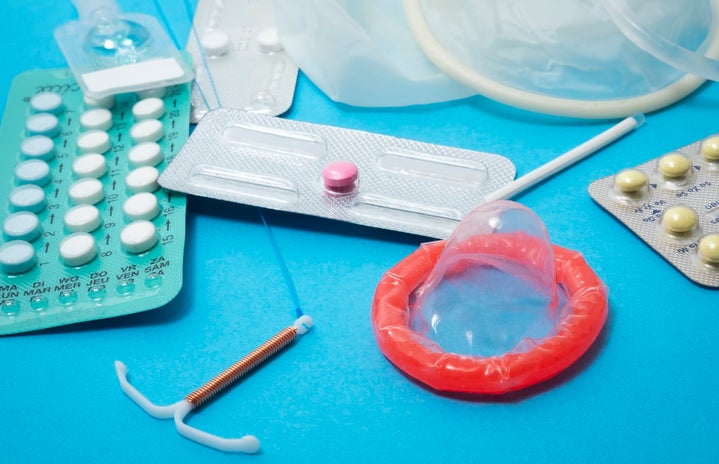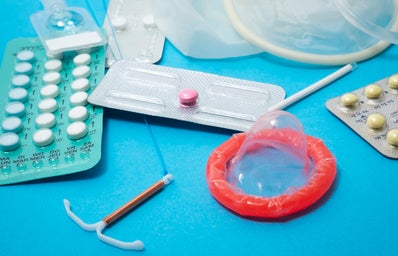Choosing a reliable, comfortable, and easy to use birth control method is surprisingly difficult even in today’s modern world. At the age of 20, I finally decided to take the plunge and choose to start birth control to protect myself – but then came the choice of which one. After shopping around, I had narrowed down my options significantly. Like many women in their 20’s, I didn’t want to take hormonal birth control, as I didn’t want to face the acne, weight gain, and depression I had heard stories of. A pill was also difficult to remember consistently, and had many of the same effects. The implant seemed enticing as well, but the thought of something in my arm freaked me out a bit too much. So after many hours of research, I decided on the copper IUD.
Just over a year ago, I went in for my insertion appointment, absolutely terrified. I hadn’t been to many gynaecologist appointments at this point and was still uncomfortable with the idea of something residing in my body for 10 years. I had taken two ibuprofen before the appointment and had my mom there for moral support, but still had no idea what to expect. Thankfully, my doctor was incredibly kind, supportive, and more than willing to answer any questions I had before, during, and after. It is, after all, a very vulnerable experience. After some standard measurements, it was time for the actual procedure. I may be in the minority on this, but it went considerably smoother than I expected. There was expected discomfort and the desire for it to all be over with, but I came away from it with minimal cramping and bleeding, able to walk and talk just fine. The next few days were uncomfortable, but tolerable.
Now, I have experienced some of the ups and downs of the copper coil. Like I had frequently heard, periods got much heavier which was a nuisance. Paranoia about the strings and whether or not it is in place has, of course, come to mind. Despite this, I absolutely love the coil. Electing to use a non-hormonal method has given me peace of mind in terms of protection and side effects, and allows me to use it for a much longer period of time. The Paragard IUD, the one I have, lasts for up to 12 years, meaning I may not ever take birth control besides this. 9 days out of 10 I don’t even think about it, but I know I can trust it. The side effects of increased bleeding and cramping have dissipated in the last six months, and I haven’t gained any new ones. It has been the smoothest form of medical care I have ever received.
A large part of my apprehension prior to the appointment came from the stories I had read and heard online and through my friends. I will not minimise anyones experience – this feels different for everyone, and the ways that others have experienced this procedure are not to be ignored. However, I wish I had heard more positive stories as well. The internet is rife with stories of passing out and vomiting from the pain, as these are of course what people are most likely to listen to when researching – and of course these stories are real and valid. I wanted to contribute mine to this discussion however, and share a positive perspective on the coil. Above all, listening to all the doctors instructions, taking medications, and having a driver with you are key to mitigating risks. Birth control doesn’t have to be scary, and researching all perspectives on it may calm some nerves. That being said, always listen to your body and never dismiss pain or a gut instinct.
I am not an expert on birth control, not even close. Prior to making this choice, I had no real interest in going on any, and was hoping (like so many women) that male contraception would enter the market soon. However, the decision to protect myself and my body, on my terms, has been an incredibly empowering experience, and one I have never regretted making. I have felt more in control of my life and body since getting the coil, experiencing a peace of mind I didn’t previously have. I plan to keep the coil for as long as I need, and when the time comes I will likely replace it with another. It may not be for everyone, but the positive experiences make a difference in the birth control discussion. Understanding reproductive health and the options available is incredibly important for everyone with a uterus, especially in today’s world. Being open to researching and learning about what may be right for you is essential. It is a powerful thing to take control of your reproductive health in such a way, and I have never regretted my decision to do so.
For more information on non hormonal birth control:
https://www.nhs.uk/contraception/methods-of-contraception/iud-coil/what-is-it/
https://health.cornell.edu/sites/health/files/pdf-library/non-hormonal-methods-contraception.pdf

